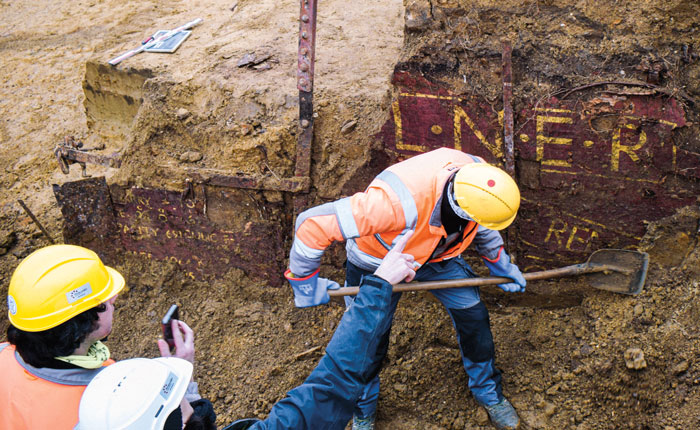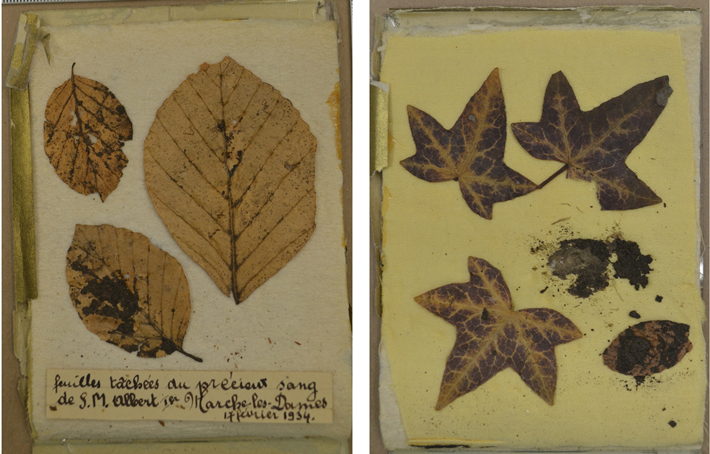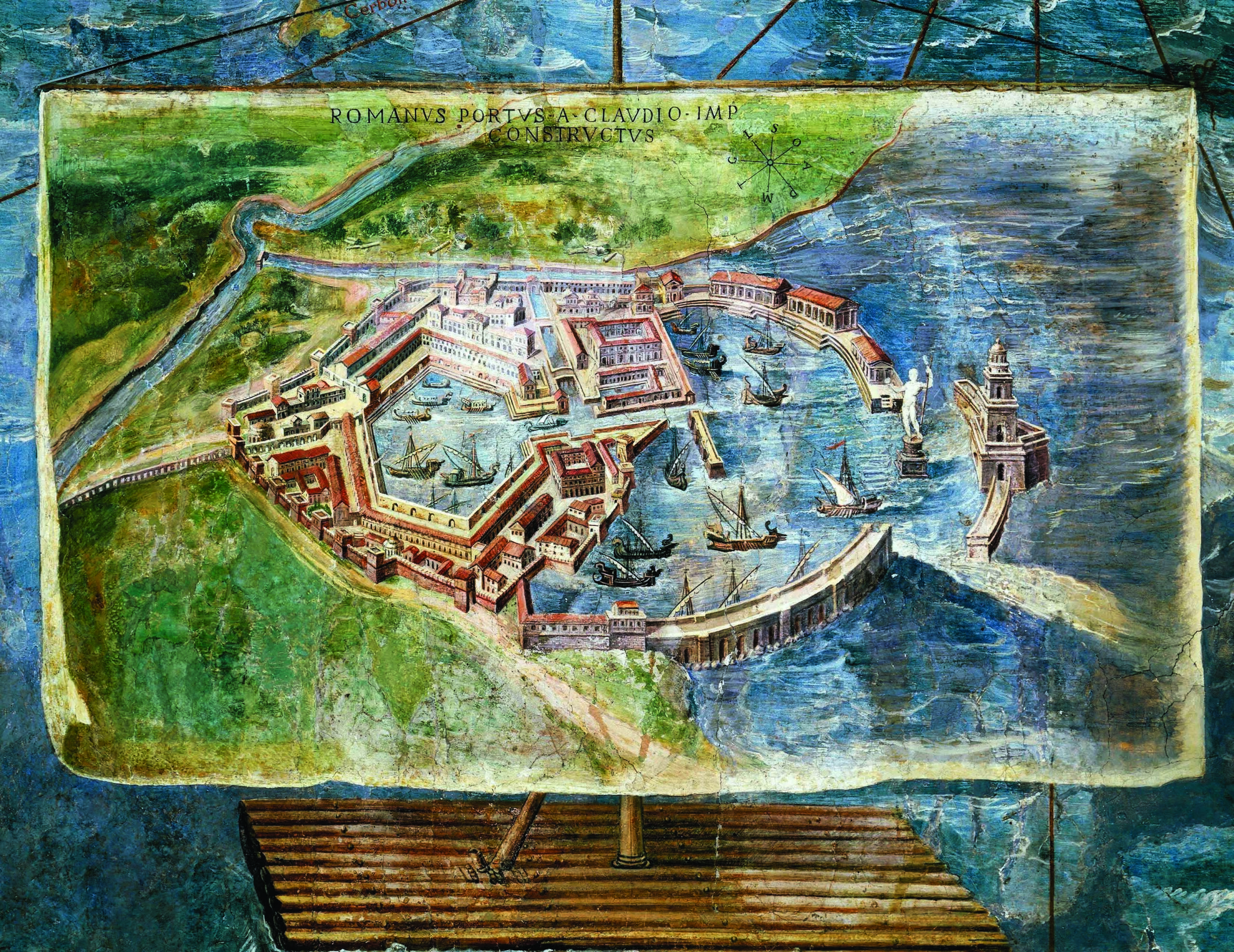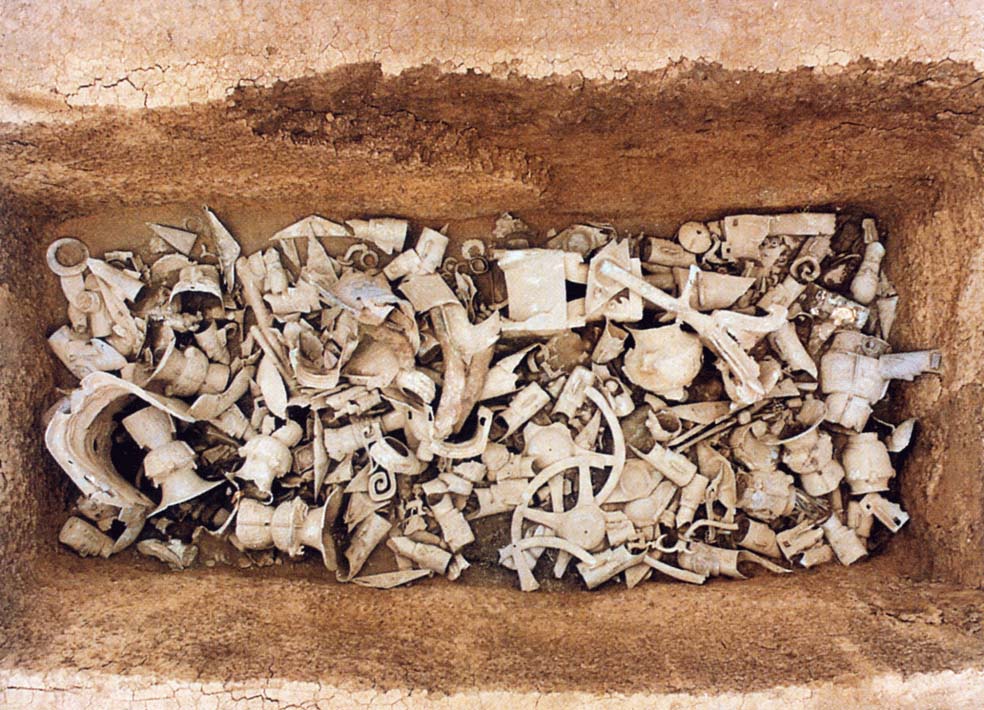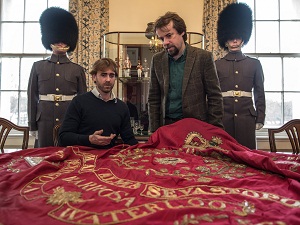
GHENT, BELGIUM—Musket balls thought to be from some of the first shots fired in the Battle of Waterloo have been discovered by a team led by Tony Pollard, director of the Centre for Battlefield Archaeology at the University of Glasgow. “The full team has only been working on site for two days and we have made some very interesting discoveries. In particular, we have started a comprehensive survey, including metal detecting, of the area of the former wood to the south of the Hougoumont buildings and we have already found spent and unfired musket shots at the southern-most tip of the wood, also fragments of firearms and clothing such as uniform buttons,” he said in a press release. The French and Allied armies exchanged fire in these woods during the night before the battle. “Today, we have the technology to scan these lands efficiently in sufficient detail to direct archaeological excavations. The opportunity to do this jointly with veterans from a regiment who played a key role at the battle, the Coldstream Guards, is unique and adds an impressive social dimension to this project,” added Marc Van Meirvenne of Ghent University. To read in-depth about archaeology at Waterloo, see "A Soldier's Story."


